Are you a technician or an engineer looking for an efficient and reliable way to measure electrical parameters? Have you been researching tools to diagnose electrical problems within your circuit boards quickly? If so, the answer to these questions could be a Digital Multimeter (DMM). A DMM is one of the most useful measuring instruments available today, combining accuracy with ease of use and providing readings that can help solve complex electrical network issues. In this blog post, we'll explore what a DMM does, highlight some critical features, and explain why it's such an essential tool for technicians everywhere. Read on to find out more about digital multimeters!
What is a Digital Multimeter?
A digital multimeter is a device used to measure various electrical properties. It typically includes a digital display, two probes, and a selection of dials or switches for adjusting the settings.
Digital multimeters are used in many applications, from testing circuits to troubleshooting electronic components. Providing precise current, voltage, resistance, and capacitance measurements, they help ensure that electrical systems function correctly and safely.
Using a digital multimeter is relatively straightforward; attach the probes to the points you want to measure and adjust the setting on the meter as needed. For most basic tasks, no special knowledge of electronics is required. However, following safety precautions when using any electrical testing device is still essential.
Digital multimeters are invaluable tools for anyone working with electronics, allowing them to quickly and accurately measure various electrical properties. With the proper knowledge and experience, these versatile devices can help ensure that any electrical project is completed safely and correctly.
Safety Tips When Using a Kaiweets Digital Multimeter
When it comes to electrical measurements, the Kaiweets Digital Multimeter (KDM) is one of the most reliable and versatile devices available. As with any electronic device that deals with electricity, there are specific safety measures you should take when handling and using the KDM. Here are some tips for staying safe while using your KDM:
- Make sure all connections are secure before starting any readings. A loose connection could result in an inaccurate reading or even an electric shock.
- Always use insulated probes—never touch exposed wires directly with your fingers or skin, as this may cause a shock or burn.
- When taking measurements, ensure that the device is set to an appropriate range not to become overloaded or damaged.
- Ensure all electrical components are adequately disconnected from the circuit before performing any measurements with the KDM.
- Always use caution when handling the device, as there is some risk of electric shock if you come into contact with exposed wires or other electrically charged parts.
- Wear protective clothing and eye protection when using the KDM to protect yourself from potential dangers.
- When disconnecting the device, please start with the black lead first and ensure all connections are securely insulated before removing them from the circuit.
- Protect your KDM from direct sunlight or damp environments to prevent damage and rust.
- Be aware of any potential hazards, such as open flames or combustible gases, when using the KDM.
- Always follow the user manual before using the device to ensure you follow all safety precautions.
These simple tips will help keep you safe while using your Kaiweets Digital Multimeter and ensure you get accurate readings each time. Remember, safety comes first!
How To Use Kaiweets Digital Multimeter
Using the Kaiweets Digital Multimeter is easy and straightforward. Here are the steps you need to take to use it properly.
1. Prepare:
Gather the necessary tools and materials before you start using the multimeter. You'll need two leads, safety glasses, a test probe, and a magnifying lens. Make sure that all of these items are in working order before proceeding.
2. Set-up:
Next, connect the leads to the multimeter by plugging them into their corresponding ports. The black lead should be connected to the "COM" port, while the red lead should be plugged into either the "VΩmA" or "Current" port, depending on what kind of measurement you're taking.
3. Measurement:
Once everything is set up correctly, select your desired function for measurement. With the Kaiweets Digital Multimeter, you can choose from either DC voltage, AC voltage, resistance, or current measurements. Adjust the display accordingly and prepare to take a measurement.
4. Read:
Place one of the probes onto the circuit board or component you'd like to measure and ensure that it's securely making contact with no gaps between them. Once connected, read the value on the multimeter display and remember to use caution when dealing with electricity.
5. Cleanup:
Finally, once your measurement is complete, disconnect both probes from their ports and store them away as necessary, along with any other tools you may have used during this process. Ensure everything is properly stored before wrapping up.
It's that simple! You can use Kaiweets Digital Multimeter like a pro with these five easy steps. Always practice basic safety precautions when working with electricity and get familiar with the various functions of your multimeter before attempting any measurements.
Frequently Asked Questions:
How do I take measurements with a DMM?
To use a DMM safely, always ensure it is appropriately set up for accurate measurements. Make sure you select the right test range before attempting any measurements. When measuring AC/DC voltages, power off equipment before connecting the DMM. For current measurements, always ensure that the test leads are connected in the correct order and avoid making contact with any live parts of a circuit.
What type of batteries do I need for my DMM?
Most DMMs require two AAA batteries to power them. The best types of batteries for use in DMMs are alkaline or lithium-ion, which will provide better performance and longer life than regular carbon-zinc batteries. Always replace your DMM's battery when it gets low on power.
How should I store my Kaiweets Digital Multimeter?
When not in use, store your DMM in an excellent, dry location. Avoid storing the DMM in direct sunlight or near heat sources, as this could cause damage to the device. If possible, keep your DMM with its test leads retracted and the battery removed from the device.
What safety precautions should I take when using my Kaiweets Digital Multimeter?
When making measurements with any electrical equipment, it is essential always to follow basic safety guidelines. Never contact a live part of a circuit while using a DMM, and always ensure that you wear proper protective gear, such as rubber gloves, safety glasses, and an insulated tool belt. Additionally, avoid leaving your test leads connected to a circuit when not taking a measurement.
Can I use my Kaiweets Digital Multimeter to measure current?
Yes, most DMMs can measure current, voltage, and resistance. For best accuracy, always ensure your DMM is set to the correct test range before making any measurements. Additionally, when measuring AC/DC, check for open or short circuits before connecting your DMM's test leads.
How long should my Kaiweets Digital Multimeter last?
A good quality DMM should provide years of accurate measurements with proper care and maintenance. To ensure optimal performance from your device, always remember to use the right test leads, safely store your device away from direct sunlight, and avoid contact with any circuit parts. Additionally, always make sure to replace your DMM's batteries when they get low on power. Properly cared for, your Kaiweets Digital Multimeter should last many years.
Conclusion:
Finally, using a Kaiweets Digital Multimeter is a quick and easy way to test your electrical circuits' voltages, currents, and resistances. Wear protective glasses and utilize insulated tools while working with electricity to ensure safe multimeter use. Read all instructions carefully before connecting any circuit components or working with high-voltage current sources. Pay close attention to the device's inputs and outputs and battery life indication. Finally, never exceed the maximum permissible test voltage for your particular application. By following these tips and taking precautions when using a Kaiweets Digital Multimeter, you can safely complete necessary electrical tests with this reliable tool.


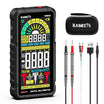
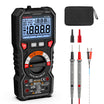

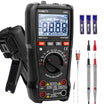
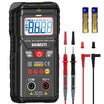
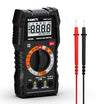
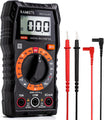
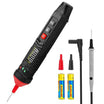
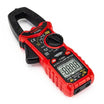
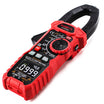
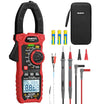

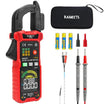
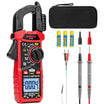
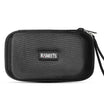
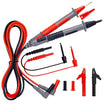
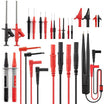

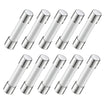
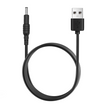
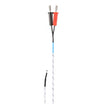
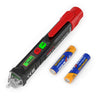

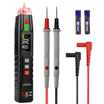
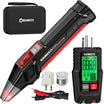
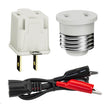
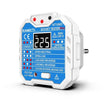
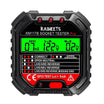
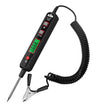
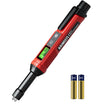
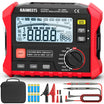
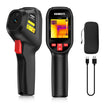
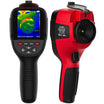
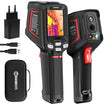
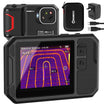
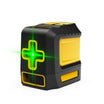
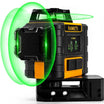

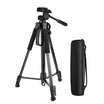
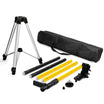
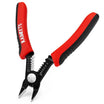
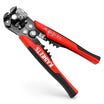
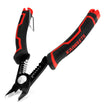
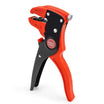
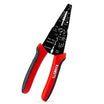
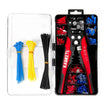
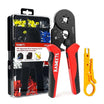
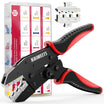
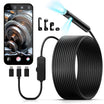
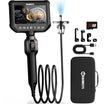

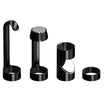
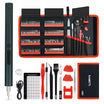
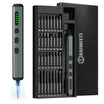
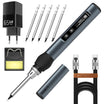
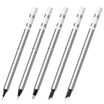
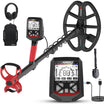
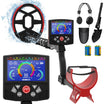
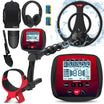
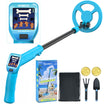
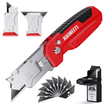


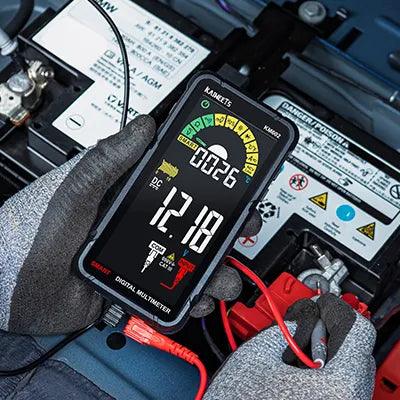
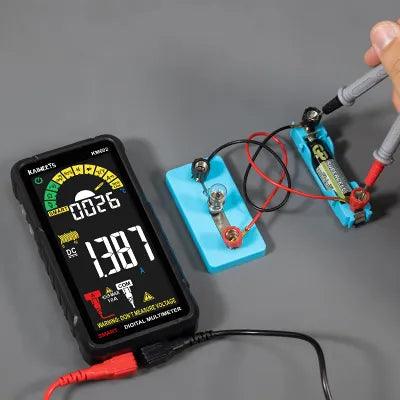
Commenta
Nota che i commenti devono essere approvati prima di essere pubblicati.
Questo sito è protetto da hCaptcha e applica le Norme sulla privacy e i Termini di servizio di hCaptcha.